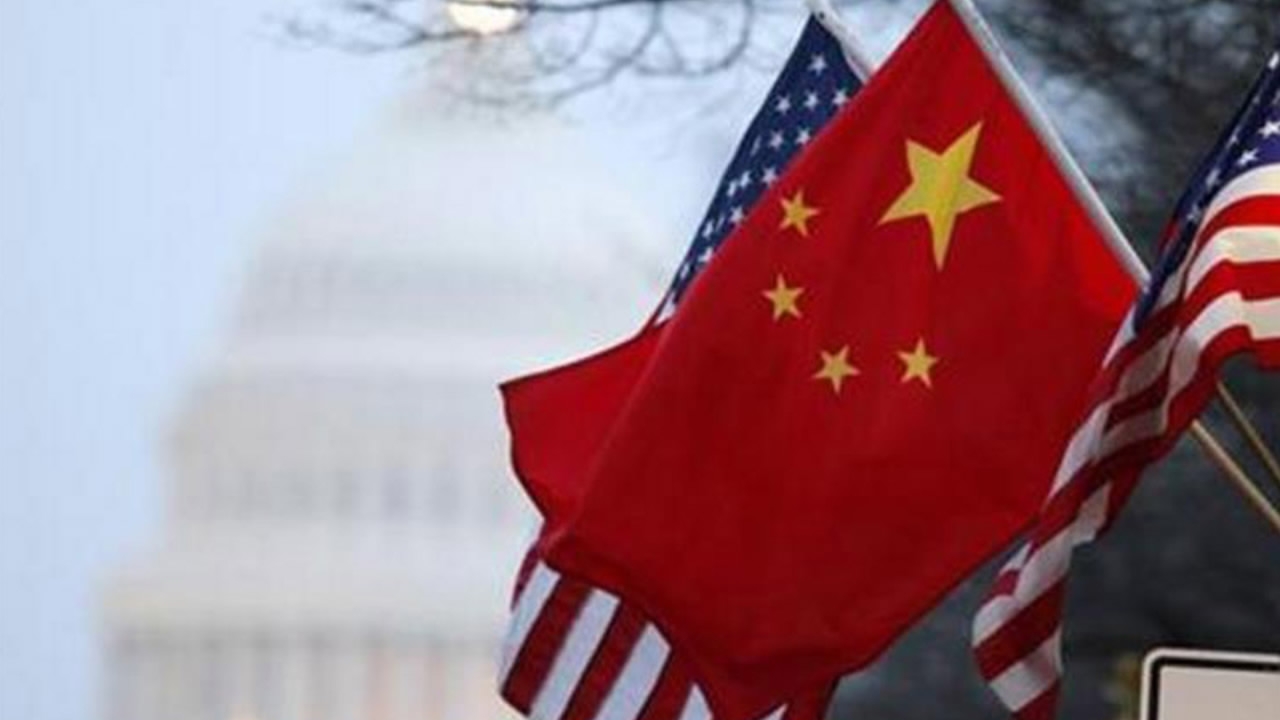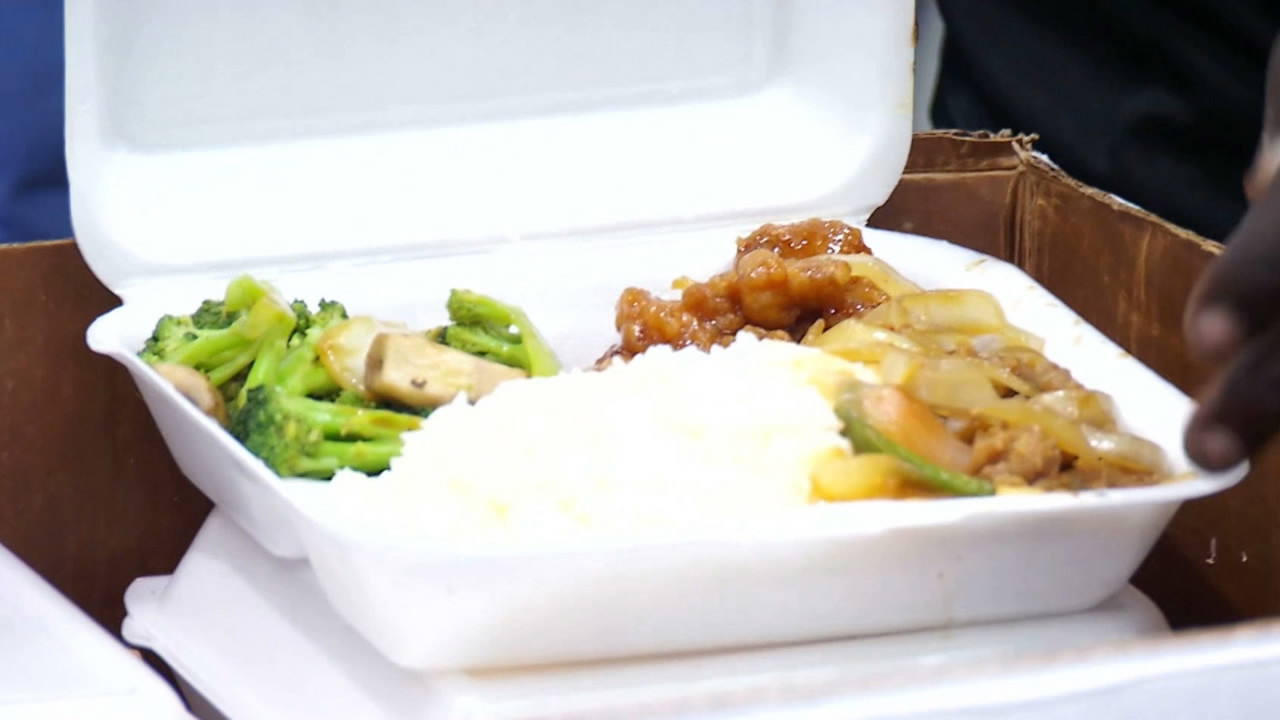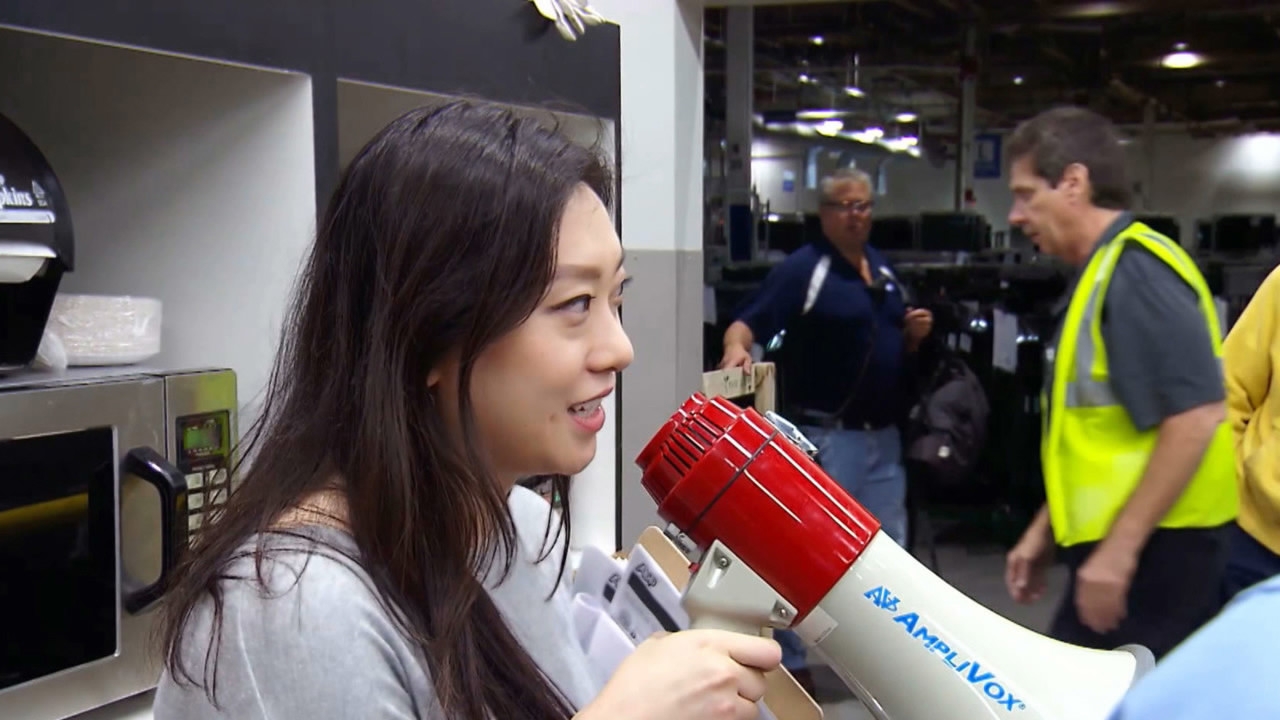
China
16:38, 26-Sep-2017
The Big Picture: ‘Made in USA’ is increasingly made by China
By Jessica Stone

As a child of the 1980s, I witnessed Japanese cars multiply on US highways. I browsed American stores, brimming with shoes and toys “Made in China.” My own closet was stuffed with clothes labeled: “Made in Vietnam” or “Made in Cambodia.”
By the time I joined China Global Television Network as a correspondent, I was almost surprised to see anything I owned with a label that said: “Made in USA.” I remember a birthday I celebrated in my early years at CGTN. One of my Chinese colleagues gave me a beautiful gift, exclaiming with pride – and it’s made in China!
"Made in China" labels are now everywhere in America. But in recent years, we’ve witnessed a nativist movement encouraging Americans to buy American. It hasn’t caught on. I suspect it’s because, in many cases, Chinese products are less expensive.
Chinese investment
One of the stories I’ve followed for years is Chinese foreign direct investments in the United States. I’ve met consultants from across the country seeking Chinese investment. They help Chinese business owners close deals on US acquisitions, or help them launch so-called ‘green field’ investments – brand new ventures built from the ground up here.

Chinese auto supplier Fuyao Glass is expanding its US production. /Reuters Photo
Chinese auto supplier Fuyao Glass is expanding its US production. /Reuters Photo
And like John Ling told me for this story, Chinese investment has been particularly successful in the southeastern United States. Why? In part, because the South has cheaper real estate and utilities.
I recall a former CEO of Chinese-owned Chesapeake Bay Candles telling me a few years back that the cost of electricity was rising in China. Higher costs at home – and the benefits of “Made in USA” labels on candles to be sold in the US market – convinced him that relocating to the state of Maryland was the best possible decision for his company.
The US market
It was a way to cut costs. Whether their products are copper tubing, environmentally friendly paper or specially scented candles – an increasing number of Chinese manufacturers say it makes more business sense to make their products in the United States. The US market is the primary one for many of these Chinese companies. By manufacturing here, they save on shipping costs and tariffs.
Keith Weil, the former Executive Vice President of Golden Dragon Copper told me when the company first started making copper tubing in the state of Alabama, they slashed transport time to their US customers from weeks to days.
It’s a growing trend. An April 2017 Rhodium Group report shows Chinese companies in nearly every US state, employing nearly 140-thousand Americans. Each one of those workers can bear witness to the power of US-China cooperation. In the process, many of them say they’re getting exposed to Chinese culture for the first time.

Managers occasionally bring in Chinese Food. /CGTN Photo
Managers occasionally bring in Chinese Food. /CGTN Photo
Chinese corporate investment is promoting “people-to-people exchanges” in the workplace. Sometimes, it creates jobs where there are few to be had. These jobs offer a cultural experience that has some Americans now yearning to go to China.
Consider what Shawnta Dix told us. An employee at Fuyao Glass in Ohio, Shawnta said: “One day I would love to go to China, and see how their business operates, so we can bring information from them to here.”
Bringing Chinese know-how to the states
That desire to bring Chinese-bred know-how to the United States was a highlight of my conversations with Tranlin Paper’s Chinese management team. (They’re now called Vastly.)
Jerry Peng was a student at the University of Virginia’s Darden School of Business. He decided to bring a sustainable paper production technique here. He struck a deal with the state’s governor to build the largest green field investment by a Chinese company in the United States – 2 million US dollars, with a pledge to also bring hundreds of jobs.
It didn’t surprise me that the state threw in financial incentives, like low-interest loans and tax breaks, but what did surprise me was the irony. Here was a Chinese company bringing its manufacturing techniques – its intellectual property – to the United States! Equally ironic, here was a Chinese manufacturer moving to the United States to lower costs – not the other way around.
This doesn’t fit Donald Trump’s populist narrative. Now, Vastly paper has broken ground on its new production plant. It’s buying discarded corn-husks and hay from East Coast farmers to turn into paper products. For American farmers, Vastly is providing a new revenue stream.
Global supply chains
Chinese companies are also becoming more deeply integrated into supply chains for American products – especially in the auto sector.

Qin Wang, an employee relations specialist. /CGTN Photo
Qin Wang, an employee relations specialist. /CGTN Photo
In the case of Fuyao Glass, its chairman of the board told us, it’s easier to do business in the United States than back home in China. When the 2009 recession hit the US auto industry, many American glassmakers folded. US auto makers begged Fuyao Chairman of the Board, Cao Dewang, to increase production here. He consented.
Fuyao is scheduled to invest 1 billion US dollars in US factories by the end of next year. It aims to have 25-hundred people working at its Ohio plant. That’s what my Chinese colleagues call a “win-win.”
Growing pains
This doesn’t mean that doing business with each other is always smooth. In fact, the occasional friction is part of the learning experience, and part of the value created for both my American and Chinese colleagues.
For Chinese entrepreneurs, there are financing and regulatory hurdles to jump through in the United States. And there can be management headaches, too – like the need to negotiate with labor unions.
At one point, Golden Dragon Copper resisted attempts to unionize by its American workers. But in June of 2015, the US National Labor Relations Board recognized a union at Golden Dragon Copper. Similar efforts are underway at Fuyao Glass in Ohio.
The world is shrinking. Flights are faster. Digital information circles the world in an eye blink, or less. Global supply chains blur the difference between imports and exports. And for more and more Americans, getting firsthand experience working with the Chinese doesn’t require a visa and a 14-hour plane ride. A 30-minute commute to work will do.
(This is a reporter's notebook from CGTN America correspondent Jessica Stone.)


SITEMAP
Copyright © 2018 CGTN. Beijing ICP prepared NO.16065310-3
Copyright © 2018 CGTN. Beijing ICP prepared NO.16065310-3